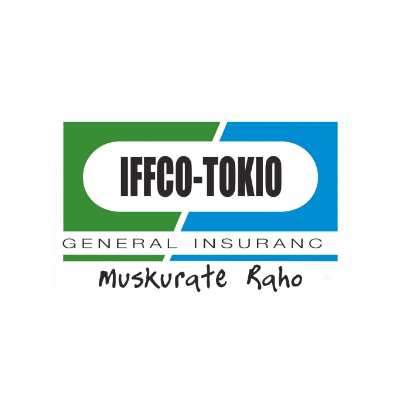RESTORE BENEFITS IN HEALTH INSURANCE
What is the Restore Benefit in Health Insurance?
Restore benefit also called as restoration or reinstatement benefit is a feature offered under health insurance that allows policyholders to restore sum insured to the original after it has been partially or fully utilized during the policy term.
Restoration benefit allows policyholders to make subsequent claims in the same policy year even if your policy sum insured has been exhausted.
Many comprehensive health insurance policies include restore or refill benefit as a standard feature. However in some health insurance plans you will need to add it as an optional rider that you can purchase by paying additional premium.
Types of Restoration Benefits in Health Insurance
Complete Exhaustion
In complete exhaustion, the restore benefit only gets activated on exhausting the complete sum insured under health insurance.
For example, if a policyholder with a sum insured of 5 lakhs claims this amount completely, the restore benefits will get activated and insurance policy will be replenished with full 5 lakh sum insured for the future claims.
Partial Exhaustion
In partial exhaustion, the restore benefits get activated on exhausting the partial amount of sum insured under health insurance.
Considering the above example, if a policyholder with the same insured value of 5 lakhs claims a partial amount of 4 lakhs, restoration benefits will get activated. The policy will be replenished with a portion of sum insured allowing the policyholder to continue to make claims in the same policy year.
Advantages of Health Insurance Restoration Feature or Add-On Cover
-
Restore benefit or add-on cover provides enhanced coverage by replenishing the sum insured once it is fully utilized.
-
Sum insured restoration in health insurance allows for multiple claims within policy year.
-
Inbuilt restore feature of health insurance allows to get additional financial coverage without paying extra premiums.
Conditions for Applications of Restore Benefits in Health Insurance
-
The insurer will only reinstate the sum insured on complete or partial exhaustion of the original policy plan amount.
-
Total sum insured will be reinstated even if the policy sum insured gets exhausted in a single claim.
-
If you have restored the sum insured using the restore benefits in the current policy year it will not get passed to the next policy year.
-
Restore benefits are applicable to claims concurring the first claim and can never be applicable to the first claim of policy term.
-
Some health insurance policies come with built-in built restore benefits but for others you will need to buy it as add-on cover with health insurance bearing the additional charges in premiums.
-
The restored benefits will not come into play in case of related ailments. For instance, you consumed the policy amount on heart disease. You might not be able to claim the restoration benefits for the same ailment in that particular policy year.
-
Depending on the percentage of inbuilt restore benefits or restoration rider cover only that much amount will get reinstated after the base cover is claimed.
Things to Consider before Opting for Restoration Benefit in Health Insurance
While planning to opt for inbuilt restoration benefit or restore add-on cover in health insurance you must consider the following factors to ensure it meets your insurance needs effectively.
Claim Process
Check if the activation of restore benefit in medical emergencies is hassle free with minimum approval and documentation. Confirm if the restored insured sum can be claimed cashless or only can reimburse.
Percentage of Restore Allowed
It is important to check if the policy allows 100% restoration of original sum insured or restore only some percentage of the base cover.
Exclusions
Restore benefits always come with some exclusions related to pre-existing conditions, specific critical illness claims, or restrict the use of restore for similar types of illness.
Waiting Period
Check if the restoration benefit has a waiting period attached to the feature before it comes to effect.
Limits on Restorations Per Policy Year
Understand if there is limit on availment of restoration benefits or offers multiple restorations in single policy term.
Restoration of Health Insurance - FAQs
How many times are restoration benefits triggered per policy year?
Restore claim triggered only once per policy year and can't be carried to the next year.
Can I claim restoration benefits for the same ailment?
If you have used your original policy claim amount on a particular ailment, then the insurance restore benefits will restrict you from using the reimbursed benefits for the same health problem for one particular policy year.
Can I avail the restoration benefits in health insurance in the first claim?
No, you will not be able to claim the restored benefits in first claim, however, some insurers will let you avail the restore benefits in case of accidents.
In the case of family floater plans, can two family members claim to restore benefits at a time?
In case of multiple claims in a family floater plan, the policy amount will be split among the different family members.


































